This Language That Is Every Stone
12 February–23 April 202212 Feb–23 Apr 2022
#ThisLanguageThatIsEveryStone
Today, the question ‘preservation versus innovation’ seems to underlie much cultural discourse, as if a choice between cultural identity and a global homogeneity were possible. This Language That Is Every Stone examines this tension through the concept of creolisation, an idea brought to prominence by Martinican writer Édouard Glissant. Widely recognised as one of the Caribbean’s most important literary figures, Glissant was a poet and philosopher whose body of work continues to inspire and influence artists across the globe.
Glissant defined creolisation as a constant state of cultural transformation, whereby endless local difference emerges from recurrent contact between people—with one another as well as the natural world. As Glissant writes, creolisation is ‘a phenomenon that is real in the world: that is to say not one of us can pretend to be shielded from the good or bad influences of the world.’
Curated by Hans Ulrich Obrist, Asad Raza, and Kamilaroi artist Warraba Weatherall, This Language That Is Every Stone is the fourth iteration in a series of exhibitions conceived by Obrist and Raza that survey Glissant’s life and work. Developed specifically within an Australian context, it explores cultural synthesis and permeability through the works of Australian First Nations and diasporic artists, with contributions from international counterparts.
This Language That Is Every Stone is supported by the Copyright Agency Cultural Fund and the Queensland Government through Arts Queensland.
-
Artists
Curated by
- Hans Ulrich Obrist
- Asad Raza
- Warraba Weatherall
Hans Ulrich Obrist was born in Switzerland in 1968. This prolific curator is currently Artistic Director of London’s Serpentine Galleries and was previously a curator at the Musée d’Art Moderne de la Ville de Paris. Since his first show, World Soup (The Kitchen Show) in 1991, he has curated more than 300 shows.
Hans Ulrich Obrist was born in Switzerland in 1968. This prolific curator is currently Artistic Director of London’s Serpentine Galleries and was previously a curator at the Musée d’Art Moderne de la Ville de Paris. Since his first show, World Soup (The Kitchen Show) in 1991, he has curated more than 300 shows.
Asad Raza was born in 1974 in Buffalo, USA, of Pakistani background. He works with human and non-human beings, experiences and objects. He conceives exhibitions as metabolic entities, zones of activity in which he constructs dialogue and scenarios between visitors and participants. Past works include Untitled (Plot for Dialogue), a tennis-like game installed in a deconsecrated church in Milan; Root Sequence; and Mother Tongue, a forest of living trees with human caretakers in the 2017 Whitney Biennial. For Home Show, which took place in his apartment in New York, Raza asked artists, friends, and family to intervene in his own life.
Born in 1987, Warraba Weatherall is from the Kamilaroi Nation of South–West Queensland. This Brisbane-based installation and street artist is interested in archival repositories and structures, and the life of cultural objects and histories within them. His work critiques the legacies of colonisation, where social, economic, and political realities perpetually validate Eurocentric ideologies. Drawing on personal experience and cultural knowledge, he uses images, materials, and metaphors to contribute to cross-cultural dialogue by offering alternate ways of seeing and understanding. He has exhibited nationally.
Born in 1987, Warraba Weatherall is from the Kamilaroi Nation of South–West Queensland. This Brisbane-based installation and street artist is interested in archival repositories and structures, and the life of cultural objects and histories within them. His work critiques the legacies of colonisation, where social, economic, and political realities perpetually validate Eurocentric ideologies. Drawing on personal experience and cultural knowledge, he uses images, materials, and metaphors to contribute to cross-cultural dialogue by offering alternate ways of seeing and understanding. He has exhibited nationally.
-
This Language that Is Every Stone
Room Sheet
-
Hans Ulrich Obrist on Glissant
Keynote
-
This Language that Is Every Stone
Education Kit
-
After Glissant: First Nations Perspectives of Creolisation
Warraba Weatherall, Daniel Boyd & Jax Compton
-
This Language that Is Every Stone
Virtual Exhibition
-
This Language that Is Every Stone
Audio Description & Interpretive Texts



















